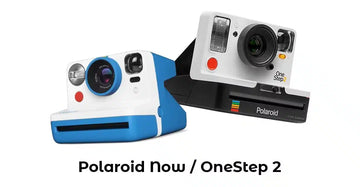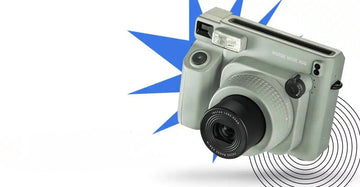
As the first camera of its format in nearly a decade, Fujifilm Instax Wide 400 is a highly anticipated replacement for the veteran Instax Wide 300. Despite the time gap and a complete redesign of the body, the new version shares a lot in common with its predecessor: it uses the same optical elements, provides fully automatic exposure, and offers simple one-button control.
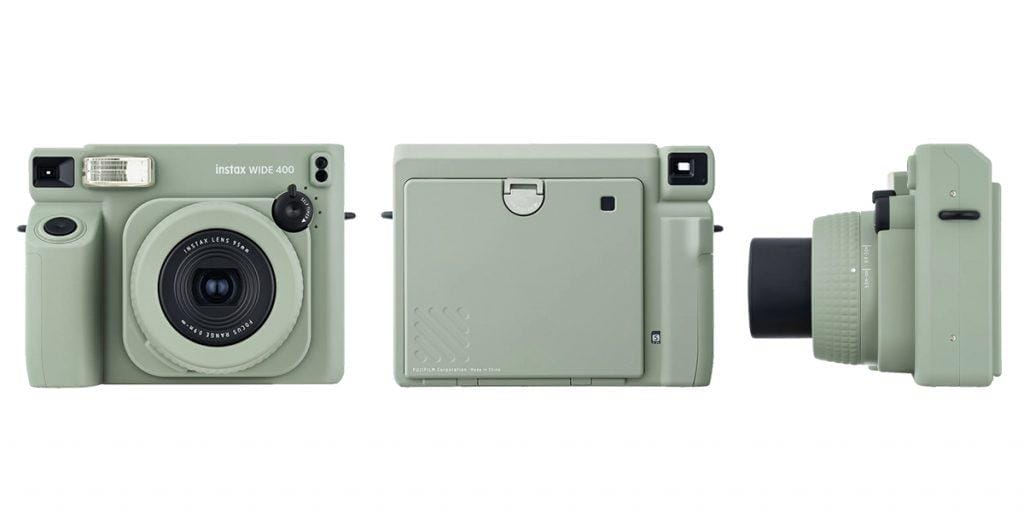
Advantages
- Affordable price
- Easy to use
- Instax Wide film format
- Moderately wide lens with two focus zones
- Color and monochrome film options
- Convenient AA battery power
Disadvantages
- Bulky body
- No manual settings
- No multiple exposure mode
Fujifilm Instax Wide 400 Specifications
- Dimensions: 12.2 x 16.3 x 9.9 cm
- Weight: 0.64 kg
Large Film – Large Camera
The type of film used by the camera determines its size. The wide-format photo has an image area of 10 x 6 cm, so a large camera with a large lens is required for it. For reference, the area of the film is nearly seven times larger than 35mm film. The Wide 400 is indeed large and bulky, measuring 12.2 x 16.3 x 9.9 cm and weighing 0.64 kg. If you find these dimensions too big, Instax Wide may not be for you.
The Instax Wide 400 has a completely different aesthetic compared to the Wide 300. The latter looks unattractive by modern standards, with its two-tone design. Furthermore, the handle and optical viewfinder appear disproportionately large relative to the body. The new camera is presented in a single color—green, which may evoke mixed reactions: some might find it practical for outdoor use, while others might find it less attractive.
Meanwhile, the Wide 400 takes its design cues from the SQ1, and both the viewfinder and handle look and feel more modern. The camera features an improved optical viewfinder that is smaller than the one on the Wide 300, as well as new fully automatic functions.
Overall, the camera has a stylish and sharp appearance.
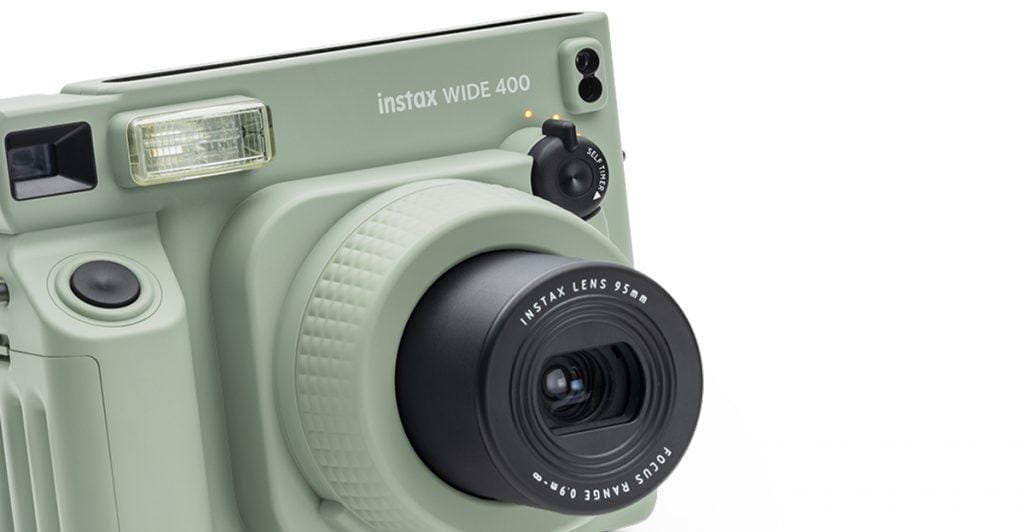
Wide Lens – Wide Possibilities
The Wide 400 lens is firmly fixed and has an equivalent focal length of 85mm with a relatively wide aperture of f/14. This is a slightly longer lens than the one on the Wide 300, but it is still wide enough, and the included macro lens allows for focusing at distances as close as 30 cm. While the Wide 300 could only focus on objects from 90 cm, the Wide 400 offers two focus zones for standard and macro lenses.
One of the key features is the timer function, which is convenient for group shots, providing a mechanical countdown with LED indicators. Additionally, the Instax Wide 400 supports automatic exposure and has a built-in flash, making it accessible even for photography beginners. For macro photography, there is a removable attachment that allows shooting at distances of 40-50 cm, although using this feature may require some practice. The new Instax Wide 400 also has a tripod thread, which is a must-have for portrait shooting and conceptual photography.
The camera provides excellent image quality, especially in good lighting conditions. However, it’s worth noting that the Instax Wide 400 may struggle in low-light conditions and when shooting macro without the special attachment. This is a simplified, analog camera designed for ease of use without many manual adjustment options, making it an ideal choice for those who appreciate the immediacy and simplicity of photography.
Film
The new camera uses Wide-type film. Currently, there are three types of such film: color with a white frame, monochrome with a white frame, and color with a black frame.
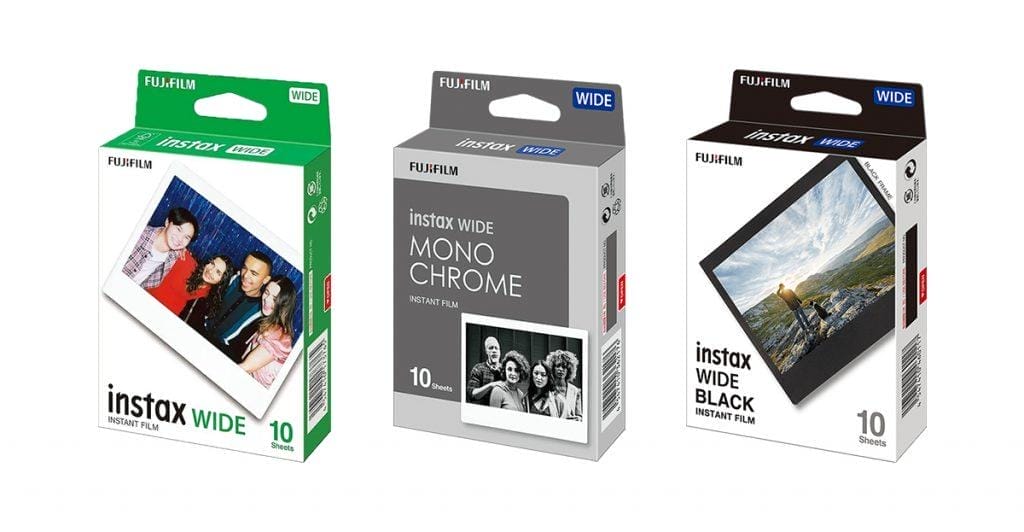
Conclusion
The release of the Fujifilm Instax Wide 400 is an important event for instant photography enthusiasts, offering a new breath of life to wide-format shots and reviving interest in analog technologies in the digital age. It combines retro charm with modern capabilities, making the photography process simple and enjoyable for everyone. However, enthusiasts seeking more creative flexibility may be disappointed by the lack of advanced features.




